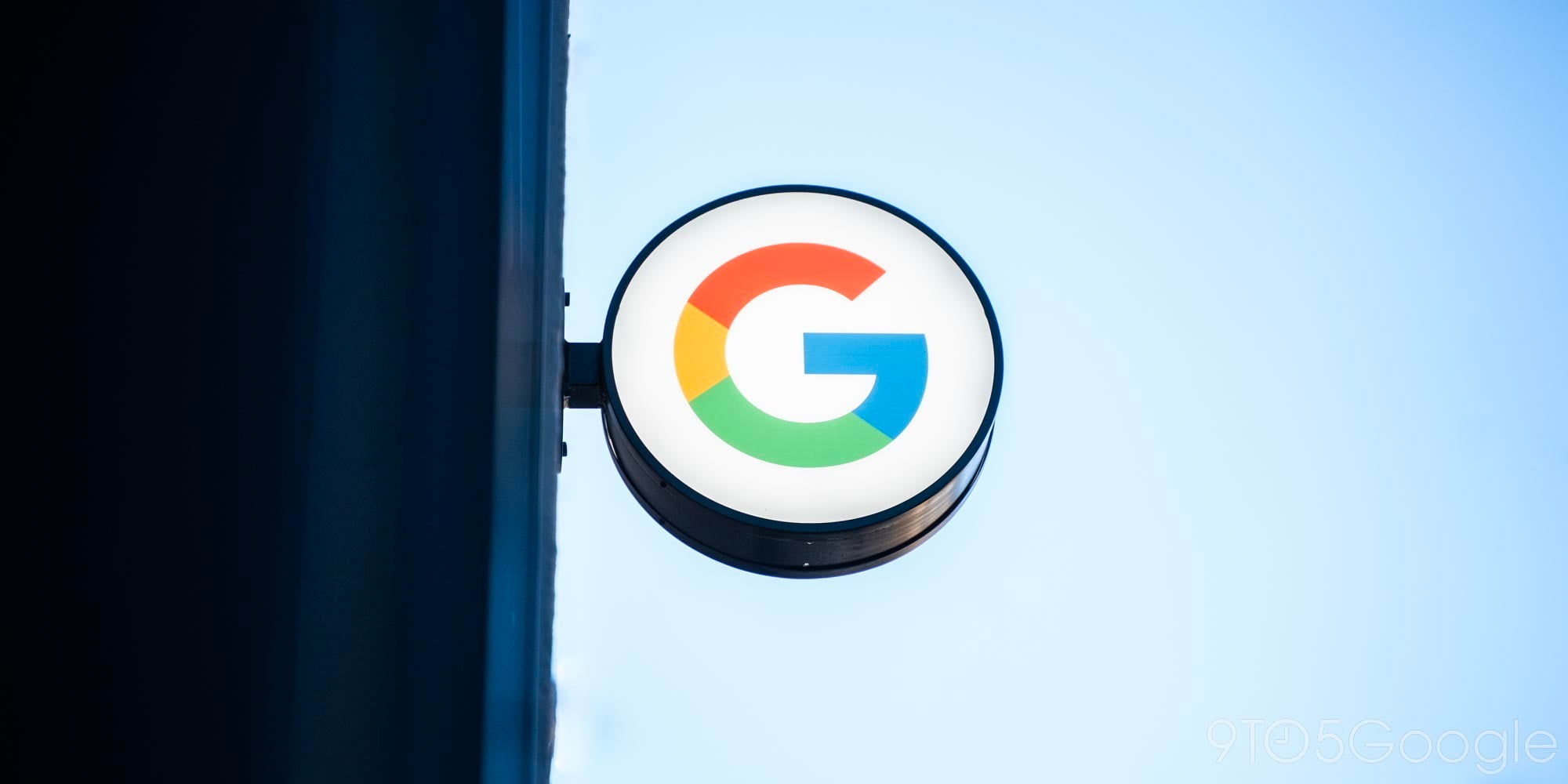
Following the Mac, Windows, and Linux update this afternoon, Chrome 76 is now rolling out to Android. One of the biggest user-facing changes is a harder to detect Incognito Mode, while there are a number of features that web developers can take advantage of.
Many publications today rely on subscriptions and stop you from viewing articles in Private Mode as a way around free article limits. Chrome 76 for Android addresses one way websites detect if you’re using Incognito Mode to get paywalls. The release fixes how Chrome implements the FileSystem API so that “detect private mode” scripts can no longer take advantage of that indicator.
PWAs will more frequently check for updates starting with version 76. Saved WebAPKs allow applications to appear in the launcher and Android system settings, with the browser now looking for manifest updates daily, instead of every three days before.
- Chrome 75
- Chrome 76
Additionally, developers can now replace Chrome’s Add to Home Screen mini-infobar for Progressive Web Apps with their own prompt. Google considers its default solution to be a “temporary measure” and is working on a new UI that makes it easier to install PWAs.

Chrome on Android Q features a darker look that turns the Omnibox and other UI elements gray with the system-level theme. Version 76 will let websites automatically enable dark modes and respect user preference with the prefers-color-scheme media query. This is similar to Chrome 74’s support for reducing motion, with developers required to create themed versions first.
“Frosted glass” is a popular look for apps — especially on iOS — that makes UI elements partially translucent. It results in a slightly blurred, but still visible background. This is also possible on the web with the CSS backdrop-filter property that Chrome 76 adds support for.
The backdrop-filter CSS property applies one or more filters to the “backdrop” of an element. The “backdrop” basically means all of the painted content that lies behind the element. This allows designers to construct “frosted glass” dialog boxes, video overlays, translucent navigation headers, and more.
- Chrome 75
- Chrome 76
When navigating to a new link, Chrome flashes the screen white to provide a “reassurance that the page is loading.” This can be distracting and does not make sense when sites load quickly. Chrome 76 is testing a new Paint Holding behavior where the “browser waits briefly before starting to paint, especially if the page is fast enough.”
Our goal with this work was for navigations in Chrome between two pages that are of the same origin to be seamless and thus deliver a fast default navigation experience with no flashes of white/solid-color background between old and new content.

Chrome 76 for Android and desktops is rolling out now, with Chrome OS following next week.
FTC: We use income earning auto affiliate links. More.





Comments